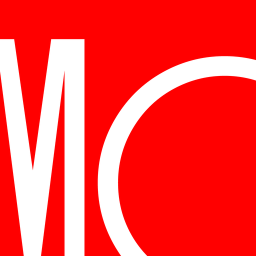JPMorgan Diversified Fund earns an Above Average Process Pillar rating.
The main driver of the rating is the parent firm's five-year risk-adjusted success ratio of 57%. The measure indicates the percentage of a firm's funds that survived and outperformed their respective category's median Morningstar Risk-Adjusted Return for the period. Impressive risk-adjusted performance also supports the rating. This can be seen in the fund's five-year alpha calculated relative to the category index, which suggests that the managers have shown skill in their allocation of risk. Lastly, the process is limited by being an actively managed strategy. Historical data, like Morningstar's Active/Passive Barometer, finds that actively managed funds have generally underperformed their passive counterparts, especially over longer time horizons.
This strategy maintains a fixed-income weighting similar to Moderate Allocation peers, but holds more assets in equities, with a 35% to 60% fixed-income to equity composition. Its equity sleeve has been persistently biased to growth stocks compared with the category average. Although in terms of market-cap exposure, it resembles most peers. The strategy has three region or sector biases compared to category peers. The most noteworthy bias is a consistent overweight in the Developed Europe region. It also maintains an overweight bias toward the financial services sector. And finally, the portfolio has invested less in developed markets regions than peers.
The portfolio has allocations in its top two sectors, consumer cyclical and financial services, that are similar to the category. The sectors with low exposure compared to category peers are communication services and consumer defensive, with communication services underweighting the average portfolio by 2.7 percentage points of assets and consumer defensive similar to the average. The portfolio is overweight in Developed Europe and Developed Asia regions relative to the category average by 9.7 percentage points and 3.0 percentage points, respectively. The regions with low exposure compared to their category peers are North America and Middle East and Africa, with North America underweight the average by 18.0 percentage points and Middle East and Africa
similar to the average.

